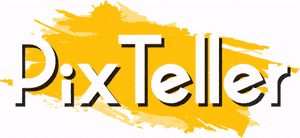Level Up Your Design Career: What You Need to Know in 2025
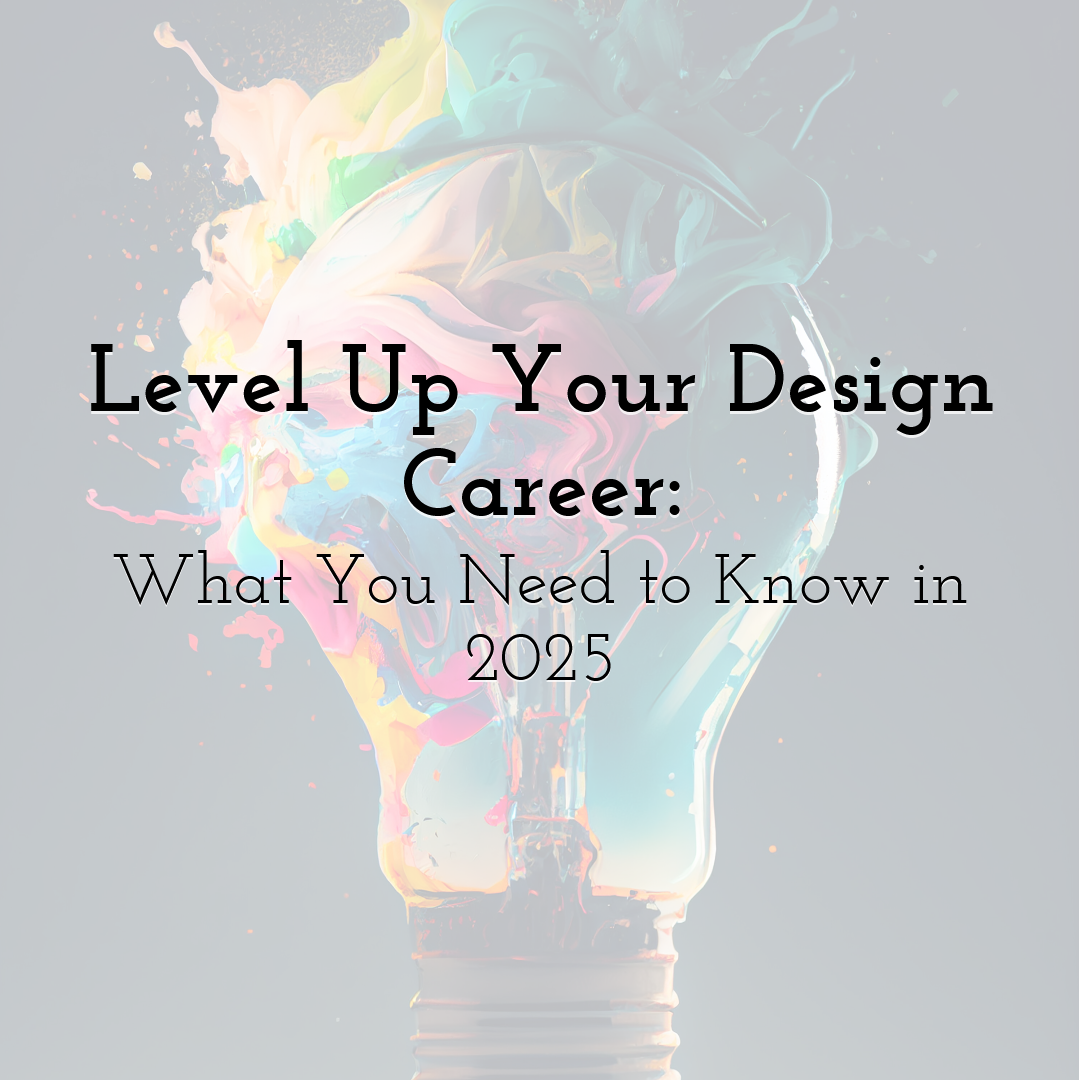
Does it feel like your career is stuck in a rut?
Maybe now is the time to improve your design skills. So, what truly separates the good designers from the great ones?
Welcome to the modern digital universe. Where visual communication accounts for 93% of all our communication. Thus, your next career breakthrough will require that you hone your craft. Shatter your preconceived notions and forge ahead with courage.
Upskilling in the design industry will set you apart from the competition. Make your bold vision draw in the right attention and opportunities.
Keep scrolling and discover the strategies designed to elevate your design career.
Elevate your resume with AI
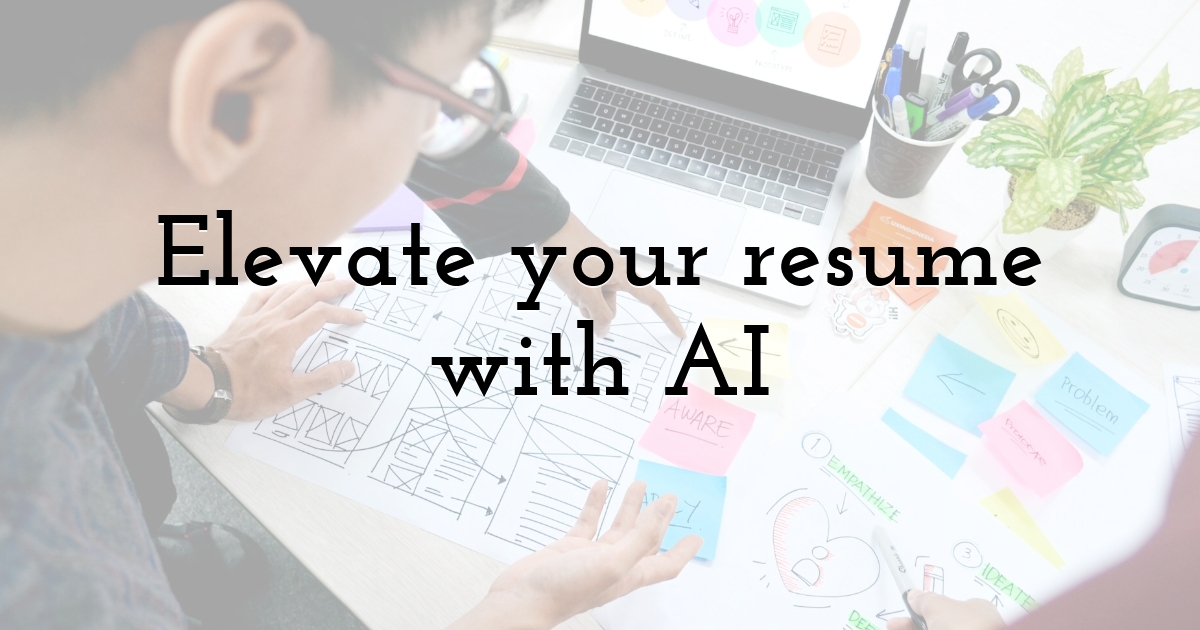
Often, graphic designers face several challenges when building resumes. Especially ones that can reflect both your aesthetic and technical value.
Enter the cutting-edge resume AI tool to solve all your problems!
First, it begins by analyzing your work sample metadata. Then it surfaces your most relevant case studies. Putting your best foot forward to potential clients.
With various options available on the market, we recommend that you find the best one suited to your unique pain points as a designer. Most resume AI tools come equipped with metrics like:
- • conversion uplift on banner ads
- • user retention from UI flows
- • click-through rates on landing page prototypes
- • engagement duration on interactive mockups
- • logo recognition or brand recall statistics
It also suggests layout variations that emphasize your typographic hierarchy skills. In practice, you can swiftly upload your portfolio PDF. Or link your Figma files to these platforms.
Finally, you end up with a resume that feels curated by a design director.
Tailor AI-generated layouts to your brand
AI-generated resumes offer a powerful foundation. However, their real strength lies in the customization options. For graphic designers, these resumes must reflect your unique visual style.
This means you must adjust all aspects of your resume to align with your personal brand identity. These include:
- • colors
- • fonts
- • layout elements
Most modern tools allow you to modify all these AI suggestions. This can be done by importing your older brand palettes or logos into this new software. Which, in turn, will ensure consistency across your resume.
These refinements will help your resume stand out from the crowd. All the while still benefiting from AI’s efficiency. These futuristic tools ensure that you keep your creativity front and center. Ultimately, you never have to sacrifice style for speed.
This attention to detail ensures that recruiters will notice your resume immediately.
Design with privacy in mind
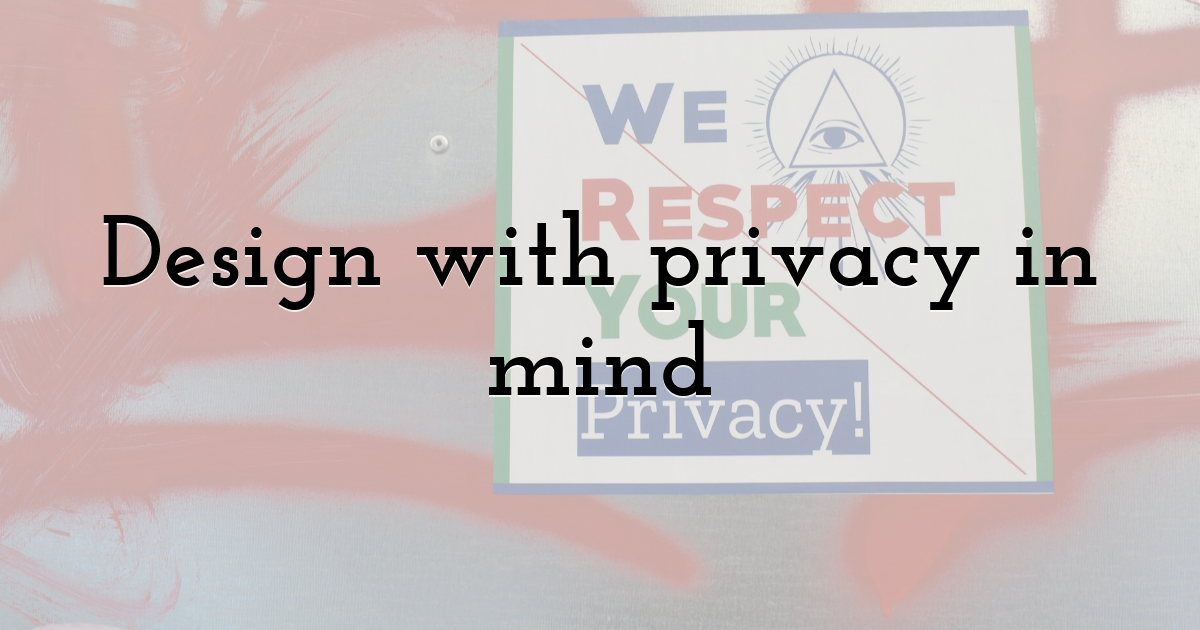
Why do designers need consent management solutions?
Consent management solutions is the new buzzword (or phrase) in the industry. They help companies comply with data privacy regulations. For the design industry, they directly shape the visual experience of how consent is gathered.
Advanced graphic design assets are used in:
- • cookie banners
- • modals
- • opt-in flows
Therefore, they must follow both aesthetic and compliance guidelines. That means no misleading buttons or overloaded text blocks.
Thankfully, sophisticated tools now offer easy design templates. Although they usually need visual refinement to suit your brand and image.
When you design these elements, you must ensure total clarity. Without compromising on the brand’s tone. If a user misinterprets a graphic element, it can quickly lead to non-compliance. No one wants that in their business.
This makes design a frontline role in managing data responsibility creatively and ethically.
How to balance UX with regulatory text
Privacy banners are often the first visuals that users see on a website. Designing them is much more complex than placing a gray box with legal text. These banners must feel native to your design system.
All aspects of the design must align with the rest of the brand experience, such as:
- • spacing
- • typography
- • contrast
- • motion
Additionally, it must satisfy all parts of legal readability.
We recommend avoiding dark patterns for this job. For example, ambiguous button labels or buried decline options. These could quickly frustrate potential customers. We all know that no one has a second to spare in the modern digital world!
Most wise designers will work alongside their legal teams for these types of tasks. You may need to revise banner layouts for readability until they hit the right emotional tone.
The goal is simple. It’s your job to make it easy for users to make informed choices. Without breaking the visual flow.
Bring your vision to life with graphic design
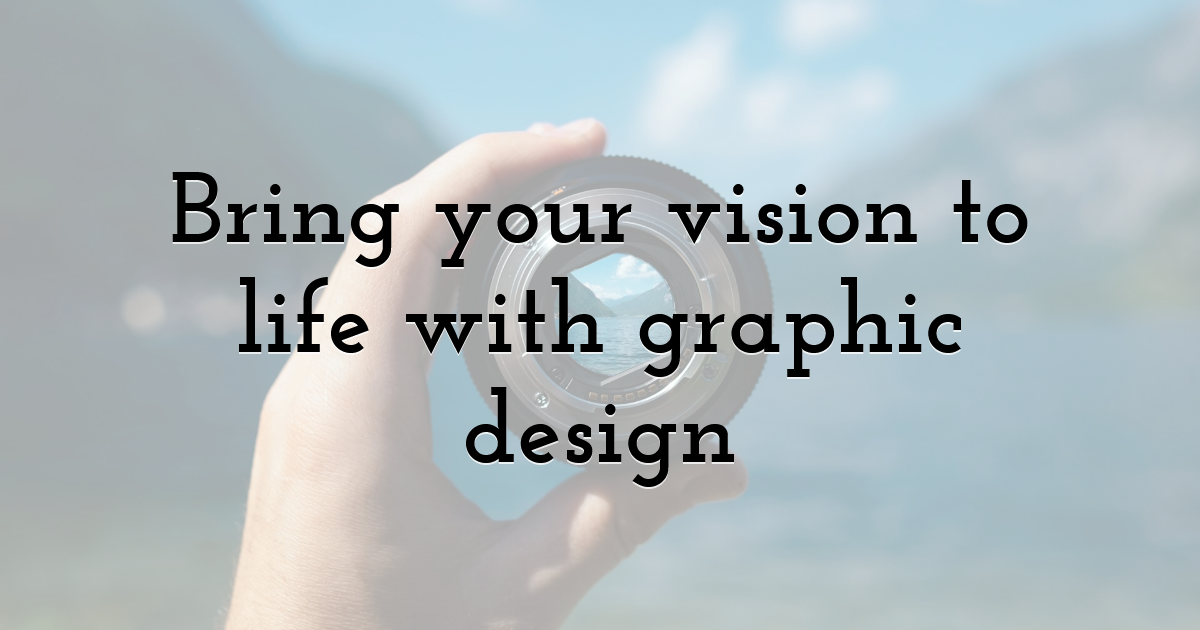
Graphic design has become elevated in the modern digital universe of 2025. Where the prevailing trend is to integrate your creative intent with the platform’s responsiveness. Static visuals simply won’t cut it anymore.
The discerning client now expects reactive and accessible assets across all their digital surfaces. Most designers are expanding their workflows to include:
- • native prototyping within Figma
- • AI-powered variant generation
- • layered metadata tagging for version control
Designers are no longer just simple visual stylists. As you know, you have to occupy many roles to succeed in the modern industry. You must also be UX-aware. You are also now a data-literate creative. One who works closely with product teams, marketing strategists, and brand managers.
Graphic makers for high-impact design
The demand for rapid content creation has created the need for digital assistants. One prominent example in business is the humble graphic maker. These tools have become essential weapons in a designer’s toolkit.
There are now so many platforms available to help you create graphics on the fly. Leading platforms now offer:
- • responsive design templates
- • branded asset libraries
- • motion design features
Combined, they allow you to output client-ready visuals at pace. Modern brands expect you to handle high-volume content without sacrificing quality.
Identity anchors that drive business growth
A logo defines how customers perceive a brand at first glance. It establishes their visual identity and supports recall across multiple touchpoints.
Clients these days expect an entire identity system for their branding. One that functions across all devices and screen sizes. A modern logo must hold its shape in a favicon as easily as it does on a billboard.
Good designers know the right visual triggers to elicit strong emotions. You should begin by analyzing a business’s core values and target audience demographics. The insight you garner from this will guide your decisions about:
- • color palettes
- • geometric shapes
- • typographic style
Armed with this knowledge, you can create scalable vector assets. At the same time, you can make them adapt automatically to color variations and layouts.
Clients entrust designers, like you, who understand these technical and emotional layers.
Analytics to enhance graphic design impact
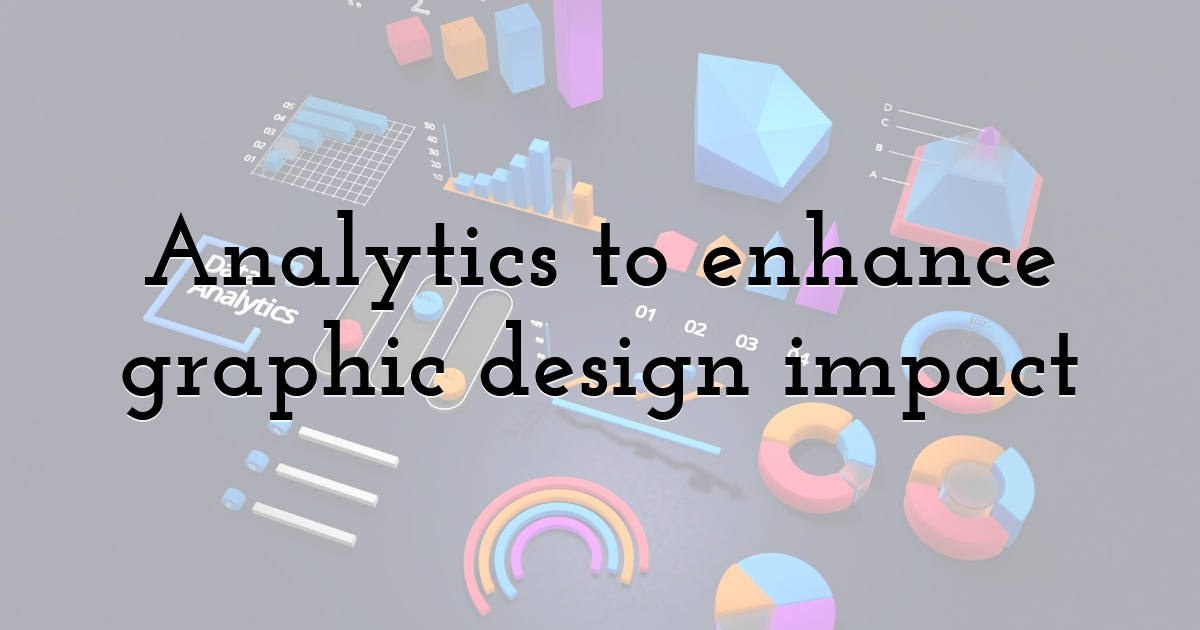
Data literacy for graphic designers
User experience is a big factor in most modern design choices. The best way to monitor this behavior is with the use of data analytics. You must know how to navigate these systems to craft impactful digital designs.
With this data, you can uncover:
- • user behavior
- • patterns
- • preferences
It will also help you to refine your design choices. To boost engagement and conversion rates.
The analytics ensures every visual element serves a clear purpose backed by evidence. Which means this alignment transforms design from guesswork into a strategic craft.
Naturally, this helps you effortlessly stand out in a competitive market.
Mapping metrics
Heatmaps are one of the most revealing tools available to graphic designers. They can help you with work on:
- • websites
- • landing pages
- • apps
They show you exactly where users click and scroll. As well as where they hover or completely ignore. This visual data helps pinpoint which elements draw attention and which are left unnoticed.
Mediocre designers assume that if something follows modern design trends, it will perform well. Exceptional designers know that what actually matters is where users focus their attention. Heatmaps remove the guesswork by making real behavior visible to you.
They will help refine all of the elements to match how users naturally engage with the design. This includes:
- • layout
- • hierarchy
- • spacing
- • focal points
A/B testing to optimize interactions
A/B and multivariate testing allow you to evaluate the performance of different design elements. In a highly controlled way.
Here, you present users with multiple versions and collect data on how each one performs. Instead of publishing a single design and hoping it performs well. This helps you understand how real users respond to visual differences, such as:
- • spacing
- • alignment
- • font-weight
- • imagery
Graphic designers often focus on aesthetic impact. However, without testing, it’s difficult to know which visual decisions support user interaction.
Multivariate testing goes even deeper. This is achieved by testing several variables at once. For instance, you can evaluate whether a new banner layout works better when combined with a revised color palette or button style.
This kind of testing shows you what works at a granular level. It turns individual design tweaks into strategic decisions. These decisions are based on how users actually behave.
Build value through design
Every click, scroll, and hesitation tells a story. Those stories will shape how your visual work is received by customers.
Nowadays, the most effective designers treat the digital space as both a studio and a stage. With the right mindset, every tool becomes an extension of your creative instincts.
Start small, but stay sharp!
The future of design is happening right now. It’s waiting for those who are willing to listen as much as they craft.
Until next time, Be creative! - Pix'sTory
Recommended posts
-
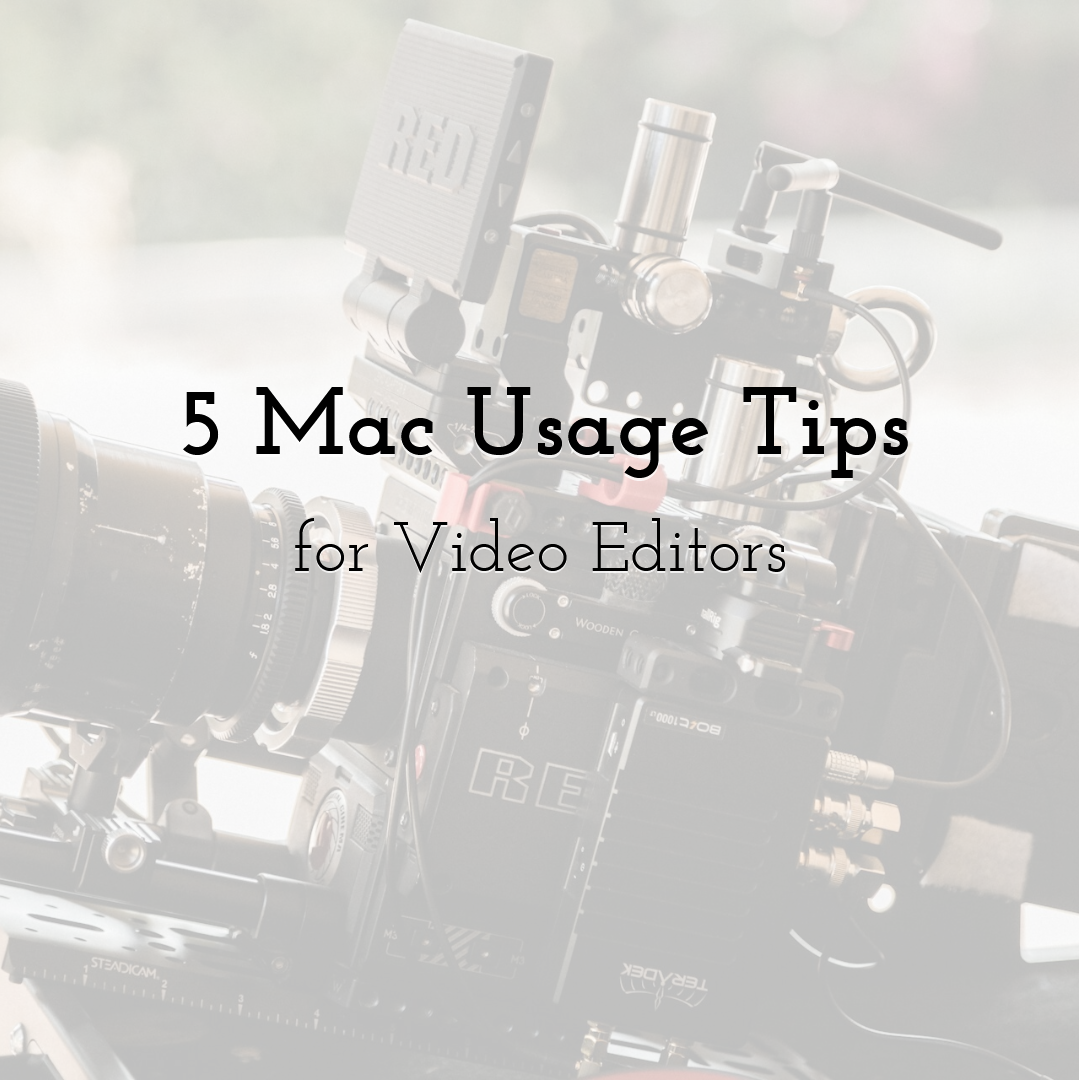
5 Mac Usage Tips for Video Editors
Read More › -

10 Reasons Why You Should Use Video Marketing for Business
Read More › -
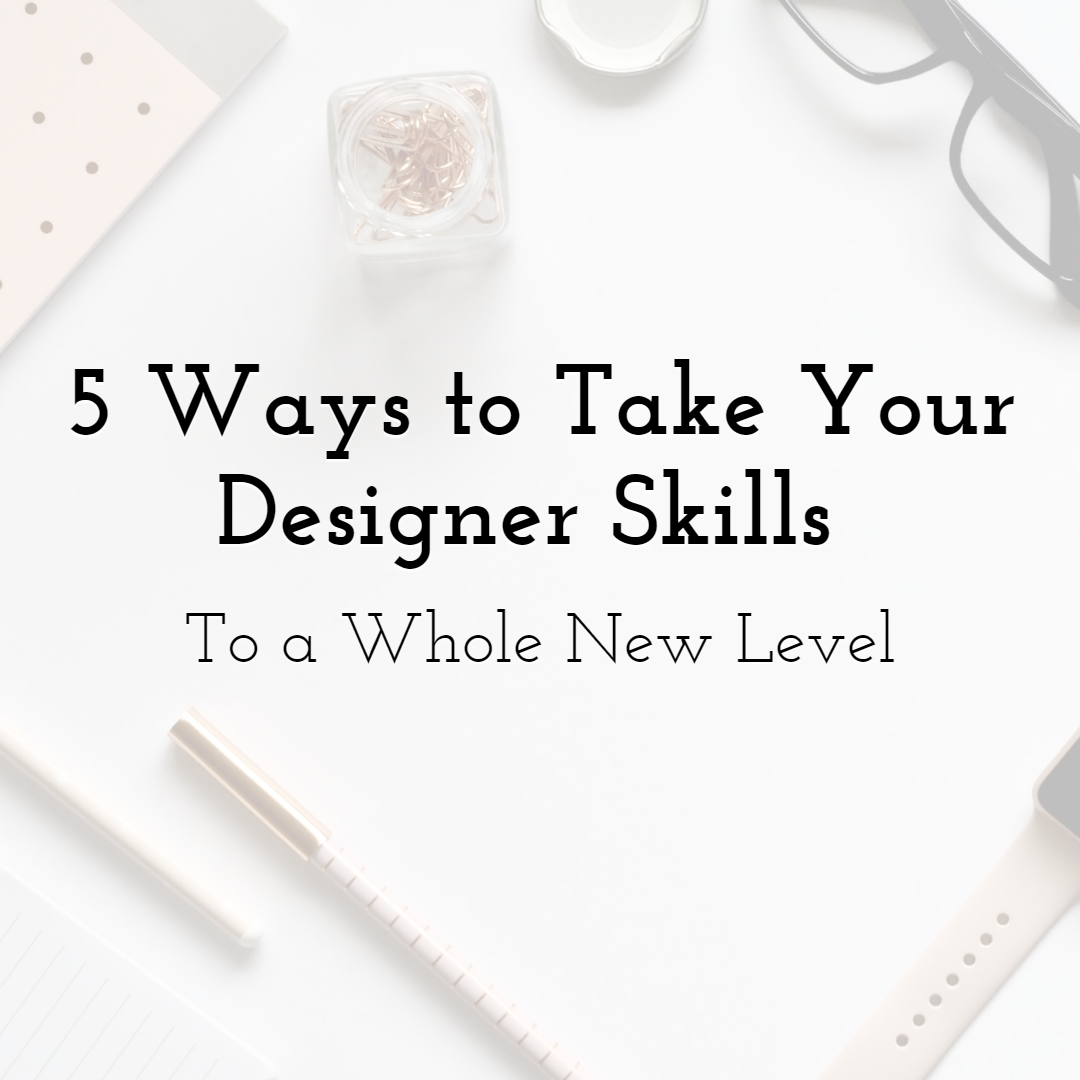
5 Ways to Take Your Designer Skills To a Whole New Level
Read More › -

6 Steps to Successful Branded Content
Read More › -
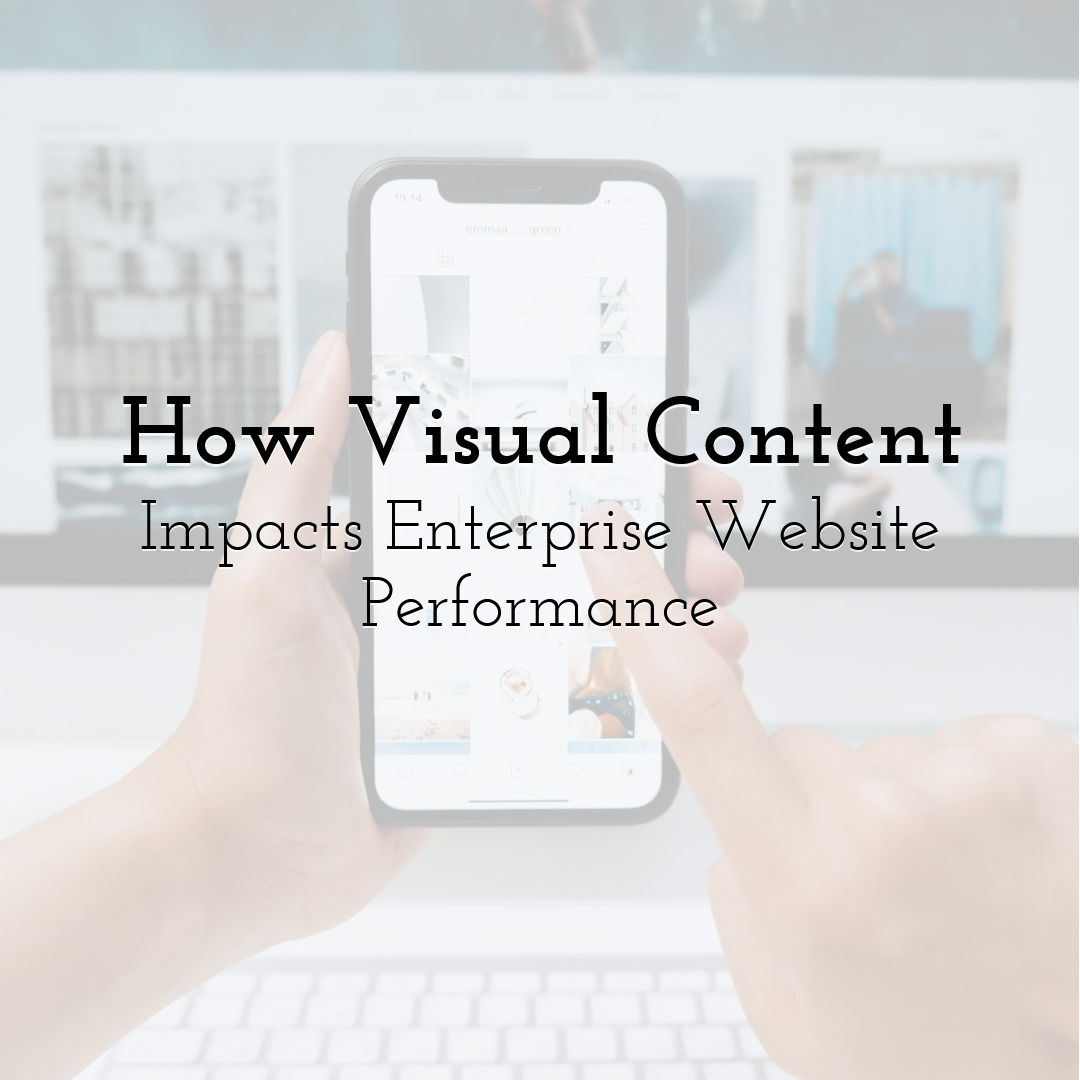
How Visual Content Impacts Enterprise Website Performance
Read More › -
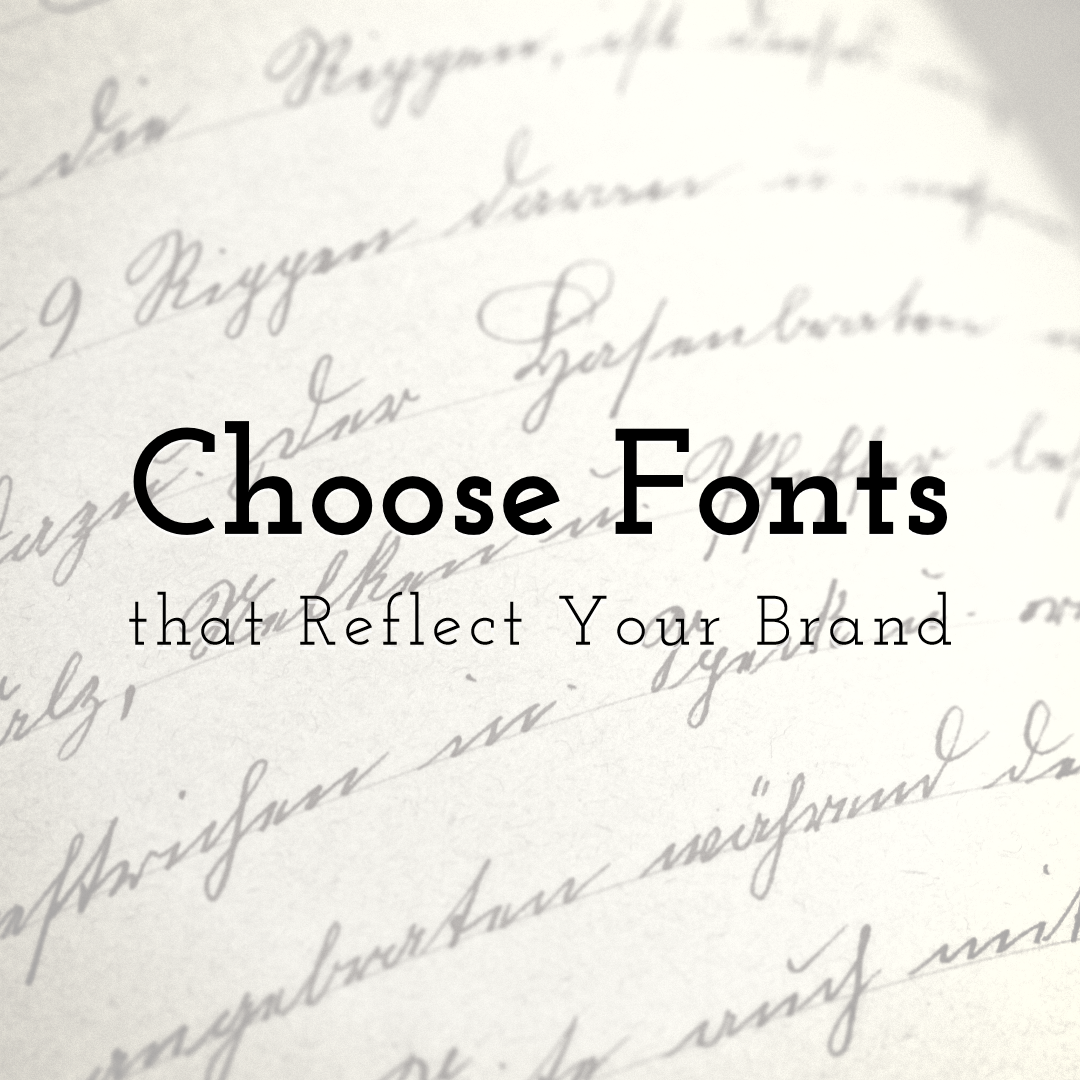
How to Choose Fonts that Reflect Your Brand Style
Read More ›
